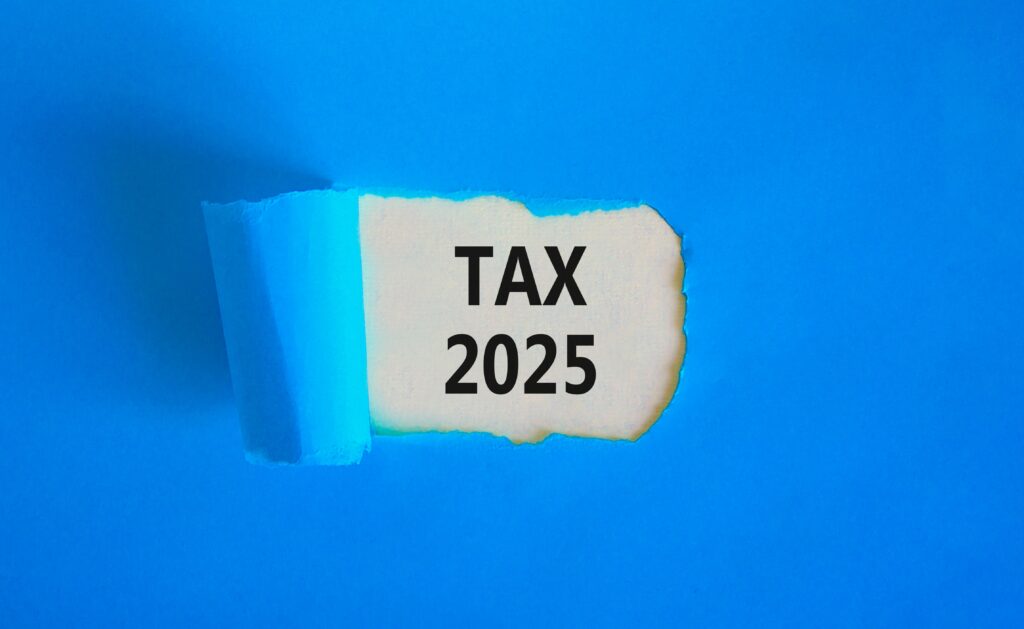The White House is touting last month’s Treasury statement showing a budget surplus as a fiscal victory. But nobody should be too excited and think this means our country is headed toward lower deficits – especially when the administration recently signed one of the most expensive budget reconciliation bills in history.
The administration points to the surplus as a sign of “fiscal sanity” and “fair trade” stemming from its disorderly tariff policy. In reality, the surplus was largely due to quirks in the annual budget. To the extent tariffs did cover the budget gap, when combined with the recently signed budget megabill, they represent a shift in taxes paid from the rich to the middle class.
The monthly federal budget statement consists of receipts (the income the government receives from taxes, fees, and other sources) and outlays (the payments the government makes to states, contractors, and individuals). Receipts and outlays are not typically smooth from month to month. For instance, the government may award a large contract one month and then receive previously scheduled tax payments the next month. On paper, this might look like the government became more efficient and budget conscious, but these are just common peaks and troughs of the federal budget calendar.
The June Treasury statement is quirky for a few reasons.
First, as stated in a highlight box at the beginning of the report, many payments that would have typically been made on June 1 were instead made at the end of May because June 1 fell on a non-business day. That includes military pay, veterans’ benefits, Medicare payments, and Supplemental Security Income. So, before June even began, many of the outlays that would otherwise have been made that month were already distributed.
Second, June is one of the four months of the year when many businesses make quarterly payments on their taxes, so tax receipts were naturally going to be higher. Federal receipts in June were about 42 percent higher than they were in May. This is hardly an outlier when looking at previous years. Last year, receipts were 44 percent higher in June than in May.
If receipts above outlays in a single month were an indication of how the entire fiscal year would fare, this past April was a time for celebration, as the Treasury statement showed a surplus nearly 10 times larger than the June statement the administration is celebrating. That would be true for the month of April nearly every year. Of course, what in fact happens is that many people file their annual income taxes in April, so receipts are higher. In other words, it’s not a single month, but the entire year that matters.
While the administration touts this misleading figure to suggest they are closing the budget gap, it’s important to keep perspective on the megabill President Trump just signed into law. It is one of the costliest budget reconciliation bills in history, providing trillions in tax cuts over the next decade. Nearly half of the tax benefits go to the richest five percent, while much of the middle class will actually with tariffs in effect.





